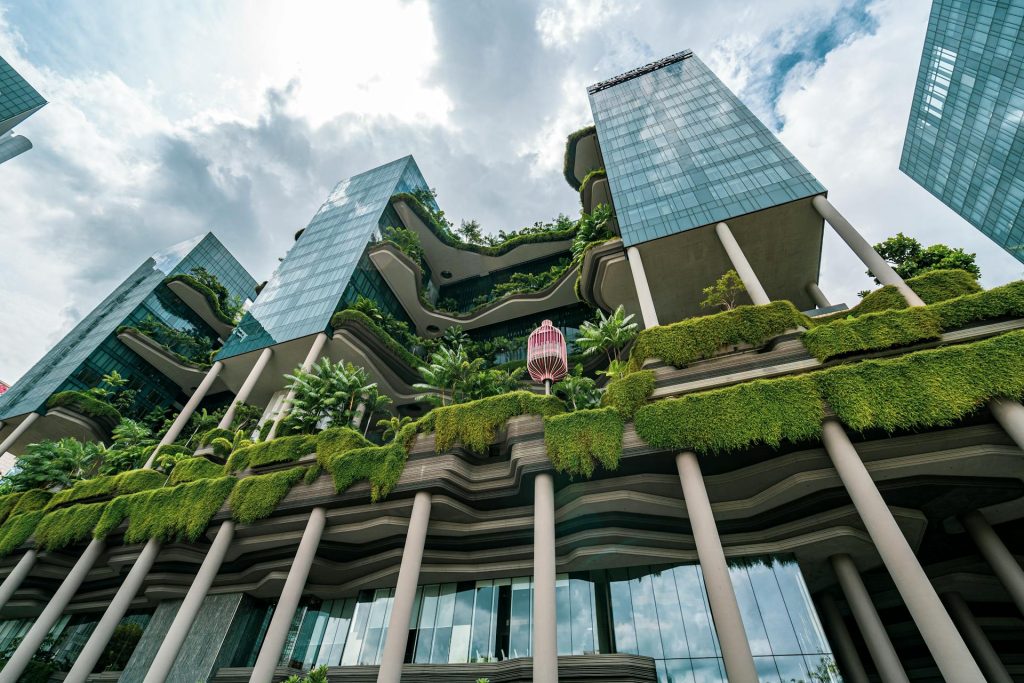In a world increasingly affected by climate change, sustainable real estate is no longer a niche concept—it’s a necessity. This approach to development focuses on reducing environmental impact while enhancing the quality of life for residents. Whether it’s homes, offices, or commercial spaces, green buildings use less energy, conserve water, and lower greenhouse gas emissions. By integrating eco-conscious designs, developers can now provide properties that not only look good but also do good for the planet.

What Makes a Property Truly Sustainable?
Not all buildings labeled “green” are created equal. True sustainable real estate goes beyond just installing solar panels or using recycled materials. It begins at the blueprint stage—with site selection that minimizes ecological disruption, smart orientation for natural light, and the use of non-toxic, renewable materials. Energy-efficient HVAC systems, green roofs, rainwater harvesting, and intelligent insulation all play vital roles. Sustainability is also about long-term value—designing buildings that stand the test of time, reduce utility costs, and remain adaptable to future innovations.
Economic and Social Benefits of Sustainable Development
Sustainable real estate doesn’t just benefit the environment—it makes solid financial sense too. Properties built with green technologies often enjoy higher resale values, attract eco-conscious buyers or tenants, and qualify for government incentives or tax breaks. Maintenance costs are generally lower due to durable materials and efficient systems. On the social side, healthier indoor air quality, noise reduction, and natural lighting contribute to better mental and physical well-being, fostering stronger, more connected communities.
Technology’s Role in Smart, Sustainable Spaces
Technology is revolutionizing sustainable real estate. Smart home systems monitor energy use, detect leaks, and optimize temperature settings automatically. AI and IoT devices make buildings more efficient while enhancing security and comfort. Architects and engineers now use advanced software to simulate energy performance before construction even begins. From 3D-printed homes to net-zero energy offices, innovation is pushing the boundaries of what’s possible in real estate—while keeping the environmental footprint to a minimum.
Why the Shift to Sustainable Real Estate Is Inevitable
The demand for sustainable properties is growing rapidly—and for good reason. Consumers, investors, and governments alike are prioritizing environmental responsibility. As cities expand and resources dwindle, the only viable path forward is one that balances development with conservation. Sustainable real estate isn’t just a trend; it’s the new standard. Developers who embrace green principles now are not only future-proofing their investments but also leading the way in reshaping how we live, work, and build together.
